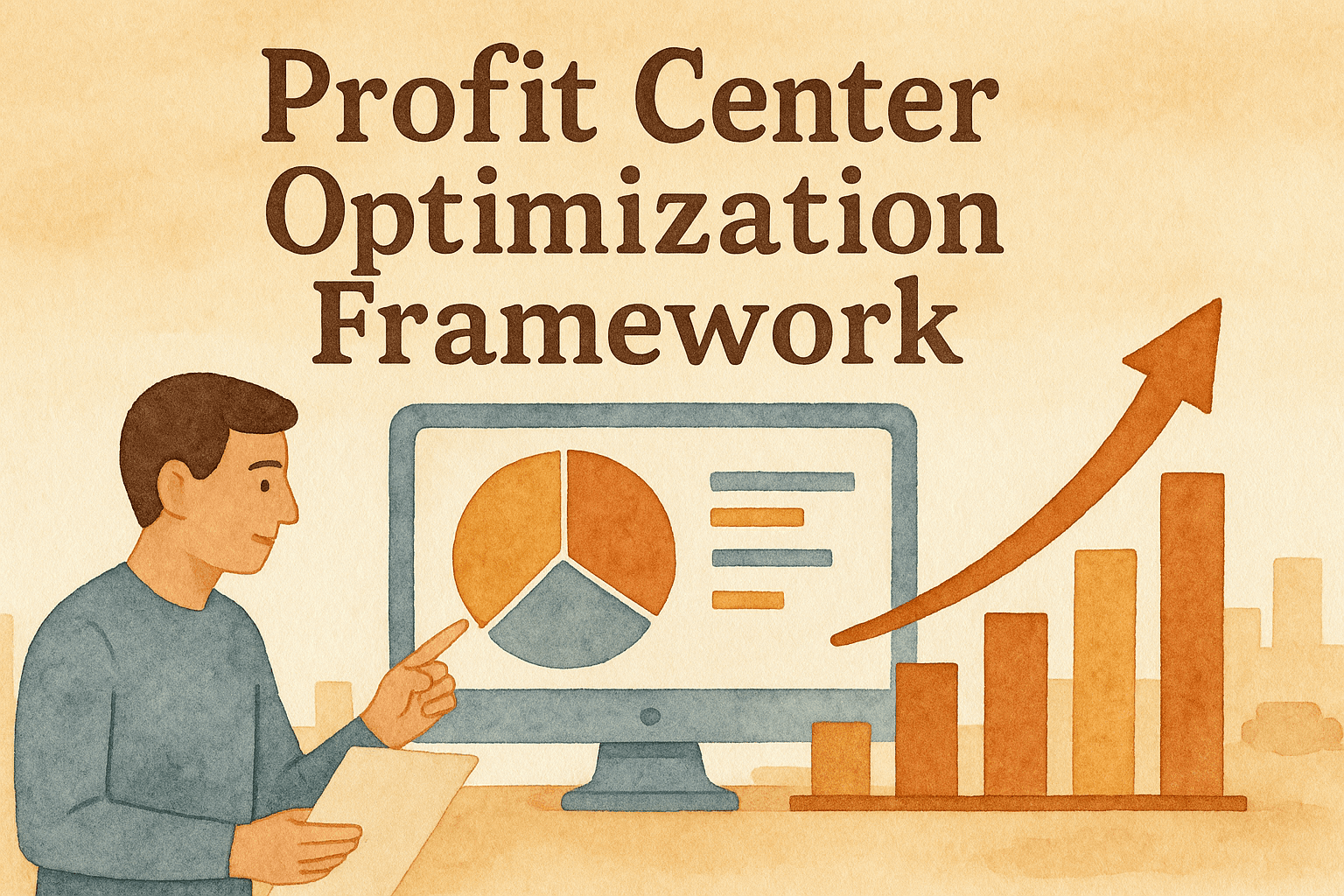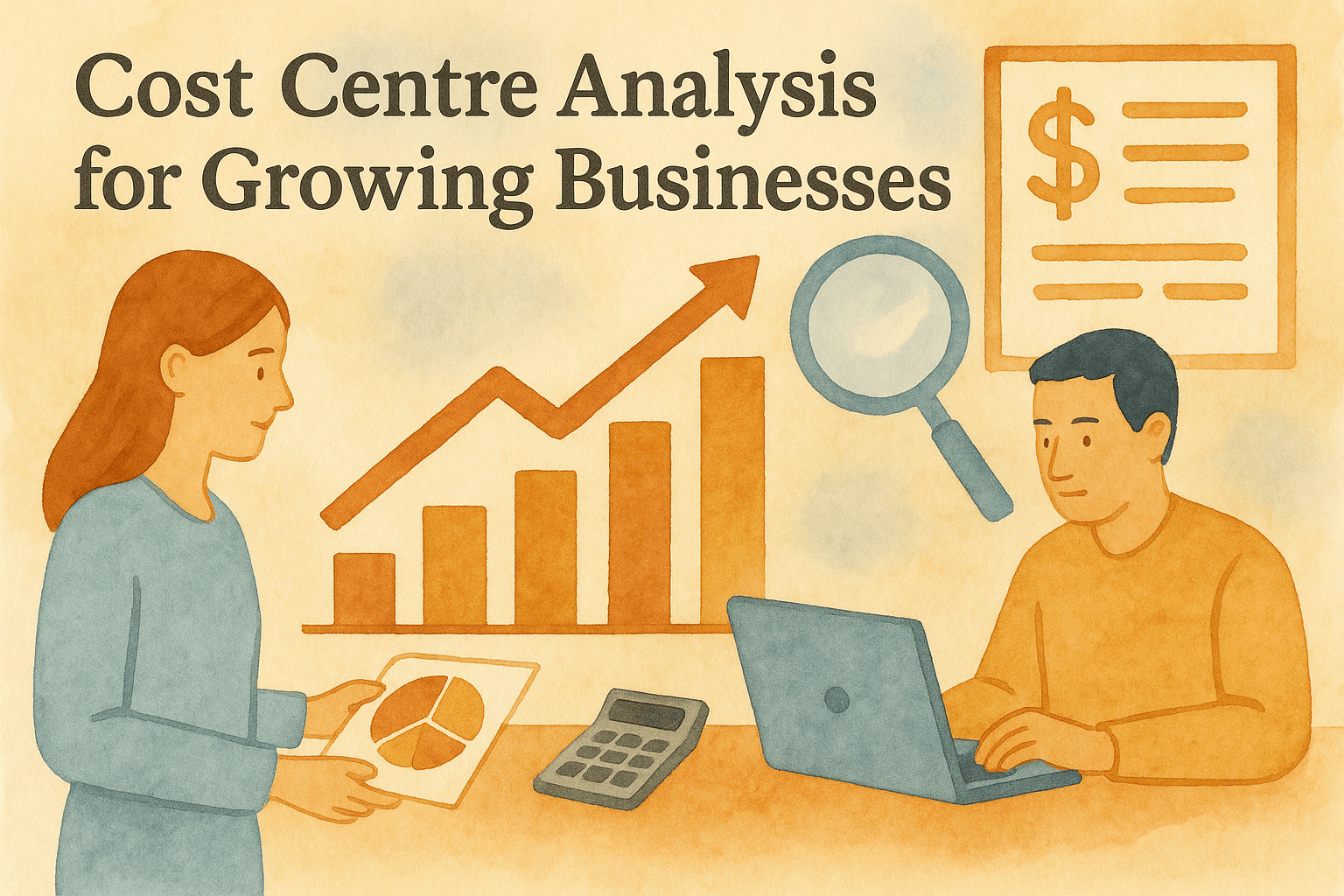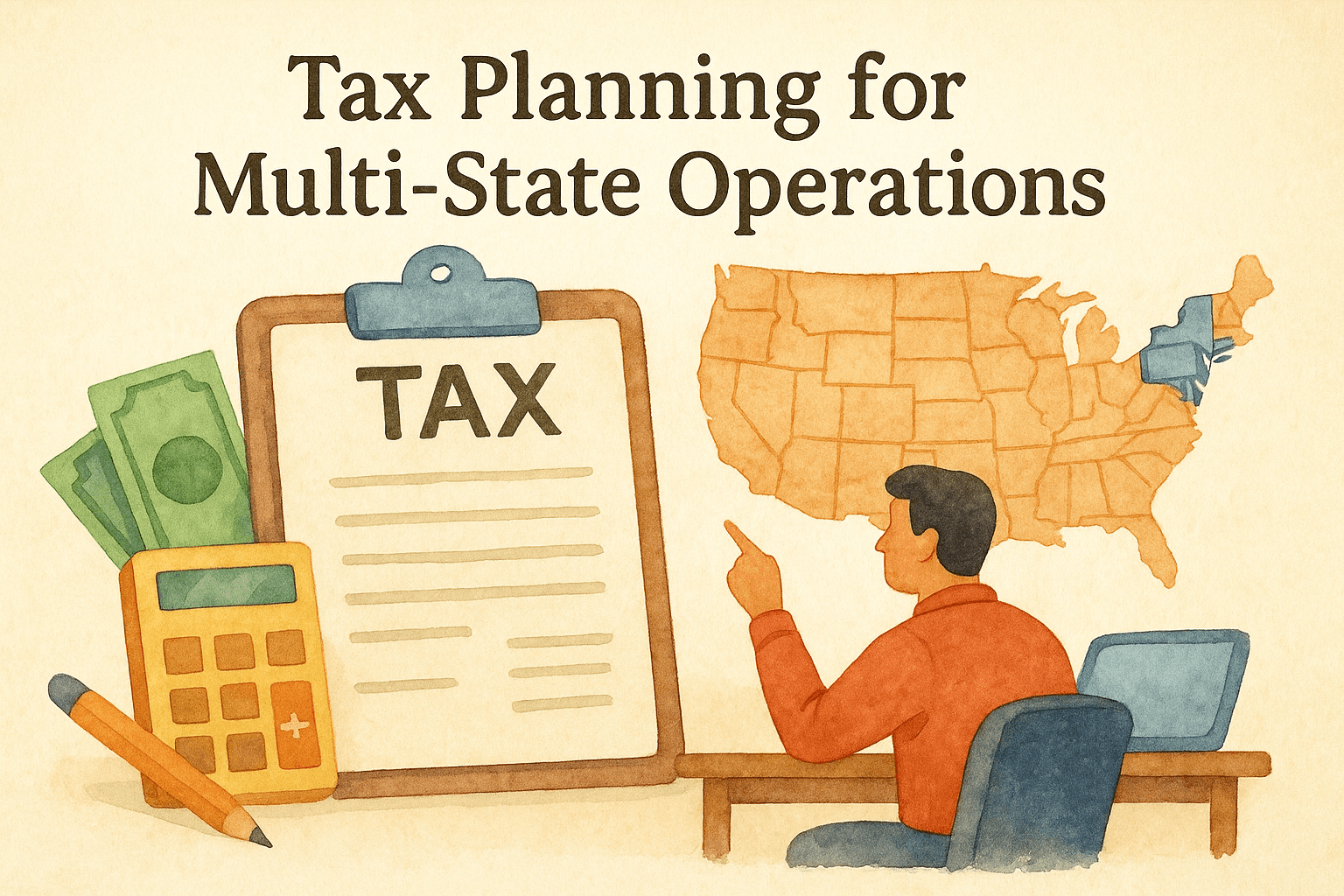Cash Flow Forecasting for Rapid Growth: Avoid the $5M Crunch
Updated:
January 15, 2025
16 minutes
Why 67% of eCommerce Businesses Fail at $5M Revenue
The $5M revenue mark represents the most dangerous cash flow period for scaling eCommerce businesses, where 67% experience cash flow crises that can destroy otherwise successful companies. This crisis occurs because working capital requirements explode while cash conversion cycles extend, creating a perfect storm of cash flow challenges that most businesses are unprepared to handle.
At $5M revenue, inventory requirements typically increase 3-4x compared to the $1M level, seasonal fluctuations become more pronounced and capital-intensive, and operational complexity creates cash flow timing challenges that can't be managed with basic bank balance monitoring. The gap between when you need to invest cash and when you receive cash from sales becomes a chasm that swallows profitable businesses.
The cash flow crunch manifests in predictable patterns: inventory purchases consume available cash 60-90 days before peak selling seasons, creating situations where businesses can't afford marketing spend during their most profitable periods. This timing mismatch between cash outflows and inflows forces profitable businesses into emergency funding, operational constraints, or worse - missing their biggest revenue opportunities.
The Hidden Complexity of Scaling Cash Flow
What makes the $5M mark so dangerous is the exponential increase in cash flow complexity. A $1M business might have 50-100 SKUs with predictable demand patterns. A $5M business often has 500-1000 SKUs across multiple channels, each with different seasonality, supplier terms, and cash conversion cycles.
Supplier relationships become more complex, with minimum order quantities that can tie up $50K-$200K per order. Marketing spend scales from thousands to tens of thousands monthly, with longer payback periods that create extended cash flow gaps. Customer payment terms may extend from immediate payment to 30-60 day terms for B2B channels.
Our 13-week rolling cash flow forecasting framework has helped over 40 Australian eCommerce businesses navigate this critical growth phase without cash flow crises, enabling continued growth while maintaining financial stability and strategic flexibility. The businesses that implement this system typically avoid the $5M crunch entirely and scale smoothly to $10M+ revenue.
Building Your Cash Flow Crystal Ball
The 13-week rolling cash flow forecast provides the visibility and planning capability necessary to manage complex cash flow patterns during rapid growth phases. Unlike annual budgets or monthly forecasts, the 13-week timeframe captures complete business cycles while providing actionable detail for immediate decision making.
This forecasting framework includes weekly cash flow projections that account for seasonal patterns, inventory cycles, marketing spend timing, supplier payment schedules, and operational cash requirements. The rolling nature ensures forecasts remain current and accurate as business conditions change, with weekly updates that maintain 13 weeks of forward visibility.
Key components include sales forecasting by channel and product category, inventory purchase planning with supplier lead times, marketing spend optimization with ROI timing, operational expense management, and scenario planning for different growth rates and market conditions. This comprehensive approach prevents cash flow surprises and enables strategic planning.
The Four Pillars of Accurate Cash Flow Forecasting
Pillar 1: Revenue Forecasting by Channel
Break down revenue forecasts by sales channel (website, Amazon, retail, etc.) and product category, accounting for seasonality, marketing campaigns, and growth trends. Each channel has different payment timing and patterns that must be modeled separately.
Pillar 2: Inventory Investment Planning
Model inventory purchases based on demand forecasts, supplier lead times, minimum order quantities, and seasonal requirements. This is typically the largest cash outflow and requires the most sophisticated planning.
Pillar 3: Marketing Spend Optimization
Plan marketing investments with consideration for payback periods, seasonal effectiveness, and cash flow timing. Marketing spend should be optimized for cash flow impact, not just ROI.
Pillar 4: Operational Cash Management
Include all operational expenses, supplier payments, tax obligations, and growth investments with accurate timing. Small operational expenses can create cash flow issues if not properly planned.
The framework includes automated variance analysis that identifies forecast accuracy issues and systematic improvement processes that increase forecasting precision over time. Most businesses achieve 85-95% forecast accuracy within 3 months of implementation, compared to 40-60% accuracy with basic cash flow tracking.
Mastering the Seasonal Cash Flow Cycle
Seasonal businesses face particularly complex cash flow challenges where inventory investment must occur months before revenue generation, creating extended periods of negative cash flow that require sophisticated planning and management. The seasonal cash flow cycle can make or break a scaling business.
For most eCommerce businesses, the seasonal pattern follows a predictable but challenging cycle: inventory investment peaks in July-September for holiday sales, marketing spend accelerates in October-November, and cash collection peaks in December-January. This creates a 4-6 month cycle where cash outflows precede cash inflows by 60-120 days.
The seasonal cash flow framework includes inventory financing strategies that align purchase timing with cash availability, cash reserve planning that ensures adequate liquidity during investment periods, and marketing spend optimization that maximizes ROI while managing cash flow timing. This planning prevents seasonal cash flow crises and enables growth during peak periods.
Advanced Seasonal Planning Strategies
Inventory Financing Optimization: Negotiate supplier payment terms that align with your cash conversion cycle. Many suppliers offer extended terms for large orders placed early in the season. Some businesses achieve 60-90 day payment terms that dramatically improve cash flow timing.
Cash Reserve Management: Build cash reserves during strong cash flow periods to fund seasonal inventory investments. The rule of thumb is maintaining 90-120 days of operating expenses plus seasonal inventory investment requirements in cash reserves.
Marketing Spend Timing: Optimize marketing spend timing to balance customer acquisition with cash flow requirements. Early season marketing may have lower costs but longer payback periods, while peak season marketing has higher costs but immediate returns.
Advanced seasonal planning includes supplier payment term optimization, inventory level planning based on cash flow constraints, and cash flow timing strategies that minimize working capital requirements while maintaining operational effectiveness and customer satisfaction during peak periods.
Funding Growth Without Breaking the Bank
Rapid growth requires significant cash investments in inventory, marketing, and operations that must be carefully planned and timed to avoid cash flow crises while enabling sustainable growth and competitive positioning. The key is balancing growth ambitions with cash flow realities.
Growth investment planning includes marketing spend optimization that considers payback periods and cash flow timing, inventory scaling strategies that balance growth support with cash flow management, and operational investment timing that aligns capability building with cash availability and business needs.
The framework includes ROI analysis for growth investments that considers both financial returns and cash flow impact, payback period calculations that guide investment timing, and cash flow impact assessment that ensures growth investments don't create liquidity crises or operational constraints.
Strategic Growth Investment Framework
Marketing Investment Optimization: Plan marketing spend increases based on cash flow capacity and payback timing. Aggressive marketing spend can generate positive ROI while creating negative cash flow if payback periods exceed cash availability.
Inventory Scaling Strategy: Scale inventory investment systematically based on demand growth and cash flow capacity. Inventory investment should lead demand growth by 30-60 days but not exceed cash flow capabilities.
Operational Investment Timing: Time operational investments (staff, systems, facilities) to align with cash flow strength and business needs. Operational investments typically have longer payback periods and should be planned carefully.
Advanced growth planning includes funding strategy development for larger growth initiatives, investor preparation and cash flow projections for funding discussions, and strategic cash management that supports aggressive growth objectives while maintaining financial flexibility and strategic options.
Early Warning Systems and Contingency Planning
Cash flow crisis prevention requires systematic monitoring, early warning systems, and contingency planning that enable proactive management of cash flow challenges before they become existential threats to business survival. The goal is identifying and addressing issues weeks before they become critical.
The crisis prevention framework includes cash flow monitoring systems with automated tracking of key metrics, early warning indicators that signal potential cash flow issues 4-8 weeks in advance, and automated alerts that notify management when cash flow projections fall below safe levels or trend negatively.
Key early warning indicators include declining cash conversion cycles, increasing inventory levels relative to sales, extending supplier payment periods, declining gross margins, and seasonal cash flow patterns that deviate from historical norms. These indicators typically provide 30-60 days advance warning of cash flow issues.
Contingency Planning and Crisis Management
Emergency Funding Options: Establish relationships with multiple funding sources before you need them. This includes business lines of credit, invoice factoring, inventory financing, and emergency investor funding. Having options prevents desperation decisions.
Operational Adjustment Strategies: Develop plans for rapid operational adjustments that can improve cash flow within 30-60 days. This includes inventory liquidation strategies, expense reduction plans, and revenue acceleration tactics.
Supplier Relationship Management: Maintain strong supplier relationships that enable payment term extensions during temporary cash flow challenges. Good supplier relationships can provide 30-90 days of cash flow relief when needed.
The framework includes customer payment optimization strategies that accelerate cash collection, working capital management tactics that free up cash quickly, and cash flow optimization techniques that can be implemented rapidly when cash flow challenges arise unexpectedly.
Advanced crisis management includes communication strategies for stakeholders during cash flow challenges, legal and financial protections that preserve business value during difficult periods, and recovery planning that enables rapid return to growth after cash flow issues are resolved.
Your Cash Flow Survival Depends on What You Do Next
Every successful eCommerce business will face the $5M cash flow challenge. The only question is whether you'll navigate it successfully or become another casualty in the 67% failure rate. The businesses that survive and thrive past this critical milestone share one common characteristic: they implement systematic cash flow forecasting before they desperately need it.
The 13-week rolling cash flow forecast isn't just a financial tool - it's your business survival system. It's the difference between confidently scaling through growth phases and scrambling for emergency funding when cash runs out. It's the difference between strategic growth investments and reactive cost-cutting that damages your competitive position.
Don't wait until you're in the $5M death zone to build your cash flow survival system. Download the template now and start building the cash flow visibility that will carry your business safely through every growth phase.


